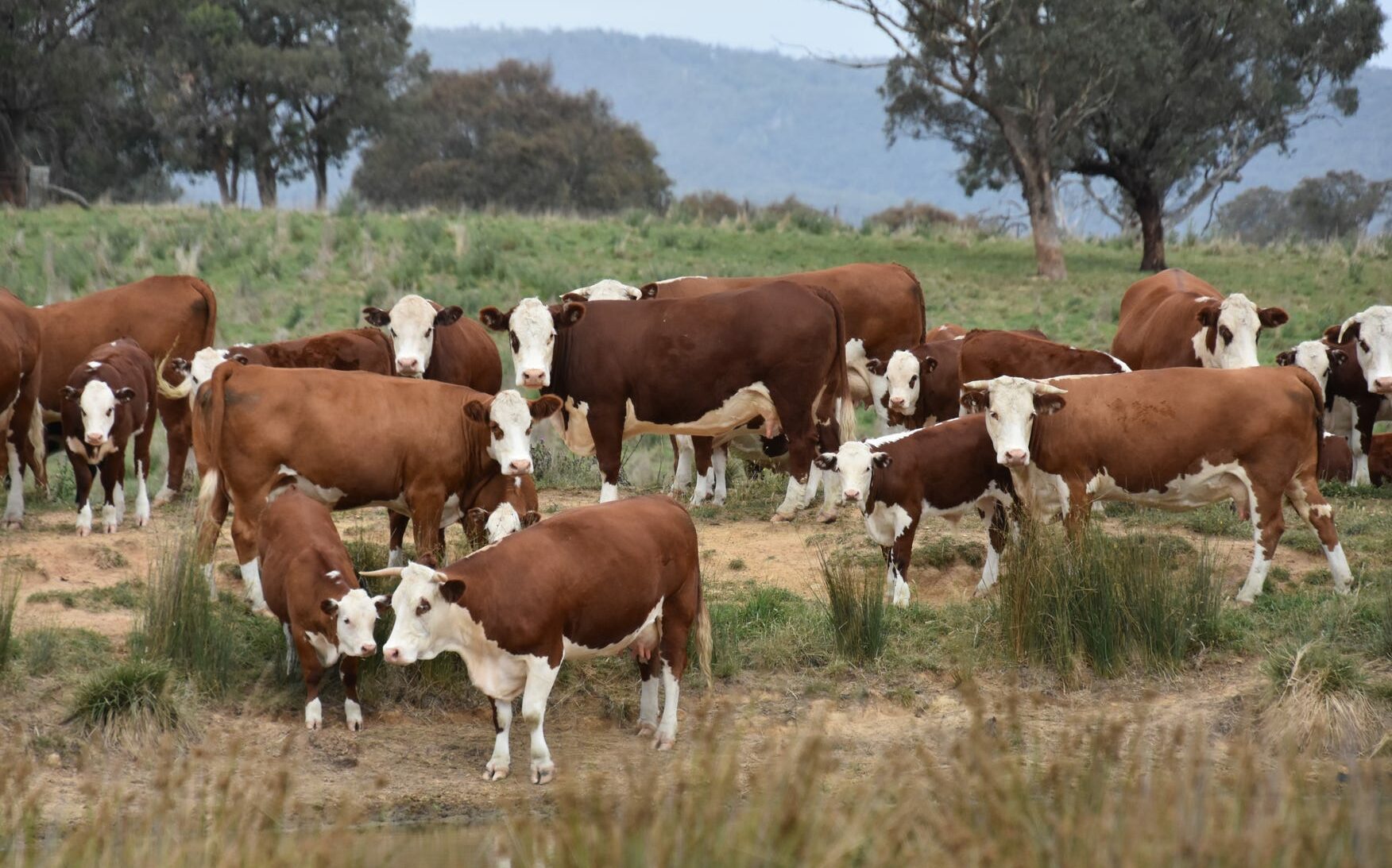National Overview from our Agribusiness Experts
Across the majority of New South Wales, it is evident that the market has stabilised with buyer caution now apparent. The previous strong demand in late 2022 to early 2023 across the wider part of New South Wales appears to have been the market peak with a large increase in the number of sales and very strong sale results. It was a seller’s market during this period.
Throughout the middle to latter part of 2023, the most significant change was the well-below-average rainfall across the state, which has negatively impacted farming and agriculture and has hindered dryland agricultural production which in turn had a softening effect on property values. A significant drop in livestock prices occurred in 2023, which has had severe implications on cash flow for many rural landowners and elevated interest rates made it more challenging for potential buyers to secure financing for rural properties, contributing to decreased demand.
The wider northern New South Wales property market has continued to drift sideways in 2024 and market conditions appear to be at the peak of the current cycle.
The ongoing reduction in confidence in rural grazing properties in the New England and north-west compared to 2022 is most evidently expressed by the recent events in the cattle, sheep and wool markets as noted above.
The Eastern Young Cattle Indicator (EYCI) peaked in January 2022 at a record 1191.52 cents per kilogram. Throughout 2023, the EYCI underwent a significant correction and softened circa 45 to 60 per cent from the January 2022 peak. The EYCI has now risen 70 per cent back from a low point of 350 cents per kilogram in early October 2023 at the end of a very dry period to 595 cents per kilogram currently.
The National Trade Lamb Indicator has risen just over 70 per cent from a low point of 411 cents per kilogram in early September 2023 at the end of a very dry period to 707 cents per kilogram currently.
The Eastern Market Indicator measured in cents per kilogram clean has drifted lower from a brief peak of 1400 cents in February 2023 to a disappointing 1150 cents currently, a drop of approximately 18 per cent, giving little confidence to producers.
Current market prices for beef and lamb are returning closer to levels more typical of long-term averages, particularly since seasonal conditions improved from November 2023, however we are not seeing stimulated increased buyer activity in rural property as yet. This is principally because the recent drop in commodity prices is still fresh, global supply issues have created inflationary pressures thus increasing operating and living costs, and producers continue to experience the high cost of bank interest.
In addition, the wool market is again approaching cost of production levels and dragging confidence down, with little apparent upside in the foreseeable future due to slowing world growth.
From a productivity perspective we are witnessing DSE rates decreasing from the highs seen in 2022 and early 2023.








